Learn Elixir
& Phoenix
ElixirCasts makes it easy to learn how to build applications with Elixir and Phoenix
Watch or Read
The best of both worlds. Every episode includes a video tutorial and a full transcript.
200+ Episodes
Every episode delivers hands-on, real-world examples you can use.
Stay Current
Continually updated with episodes that showcase the latest in the Elixir ecosystem.
Latest Episodes
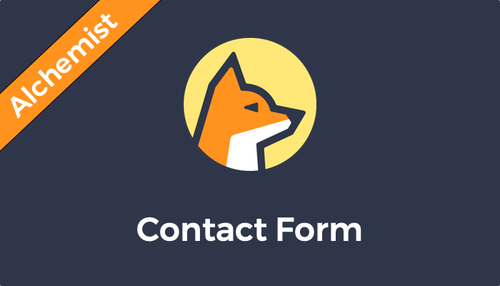
Alchemist's Edition
#96: Contact Form
In this episode we’ll build a contact form for an existing Elixir Phoenix application. When a user submits the form, an email will be sent using the Bamboo library.
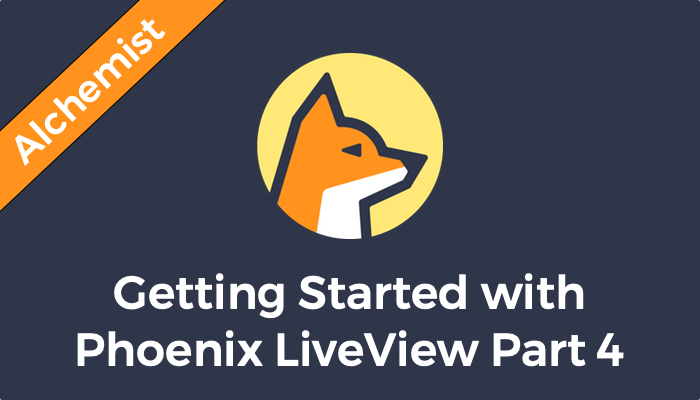
Alchemist's Edition
#95: Phoenix LiveView Part 4
In part 4 of our Phoenix LiveView series we’ll use Phoenix Presence to track how many users are currently signed in to our application.
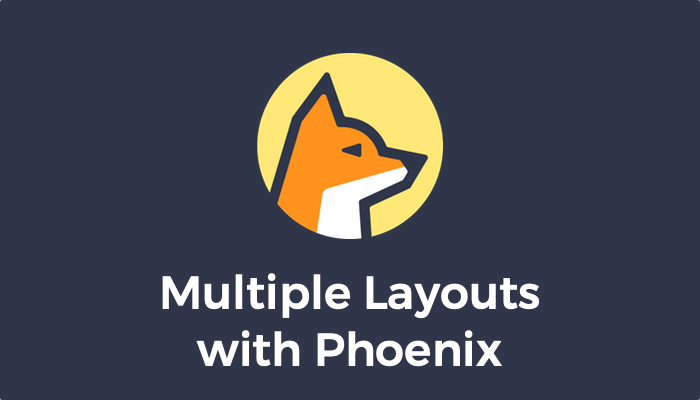
#94: Multiple Layouts with Phoenix
Often different layouts need to be rendered for different parts of a web application. In this episode we look at a few ways of doing this in Elixir.
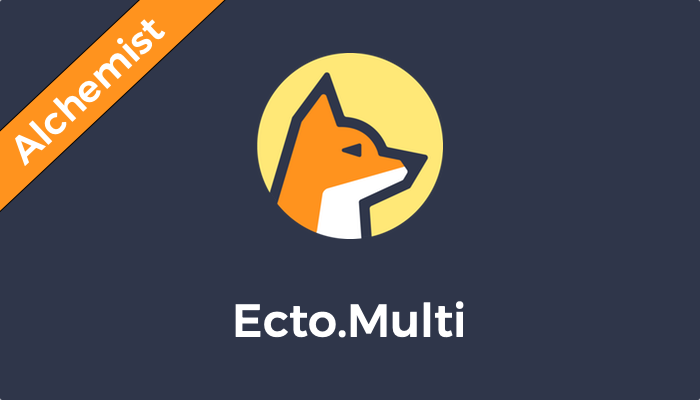
Alchemist's Edition
#93: Ecto.Multi
In this episode we’ll explore Ecto.Multi in order to compose database transactions in Elixir.

#92: Introduction to Testing
Testing is an essential part of software development. In this episode we’ll get an introduction to testing in Elixir using the ExUnit test framework.
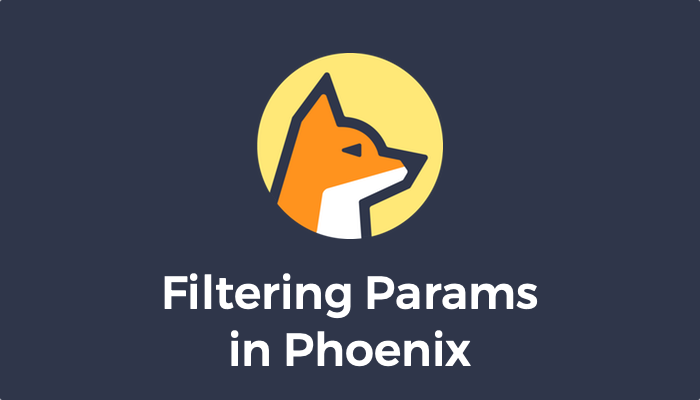
#91: Filtering Parameters in Phoenix
Often you’ll have sensitive information that you don’t want to show up logs. In this episode we’ll see how to configure Phoenix to specify what parameters you want filtered in your logs.

Alchemist's Edition
#90: Nested Forms with Phoenix
In this episode we’ll explore one way to use Phoenix to create a nested form that saves an associated record in our database.
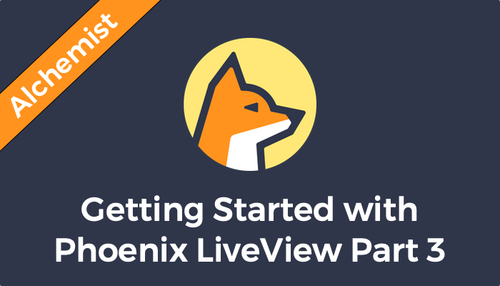
Alchemist's Edition
#89: Phoenix LiveView Part 3
In part 3 of our series we’ll broadcast album changes to all clients using Phoenix.PubSub and Phoenix LiveView.

#88: Phoenix LiveView Part 2
In part 2 we’ll use Phoenix LiveView event bindings to dynamically render a form and save changes to the database. Our form will be validated using a changesets coming from LiveView.
